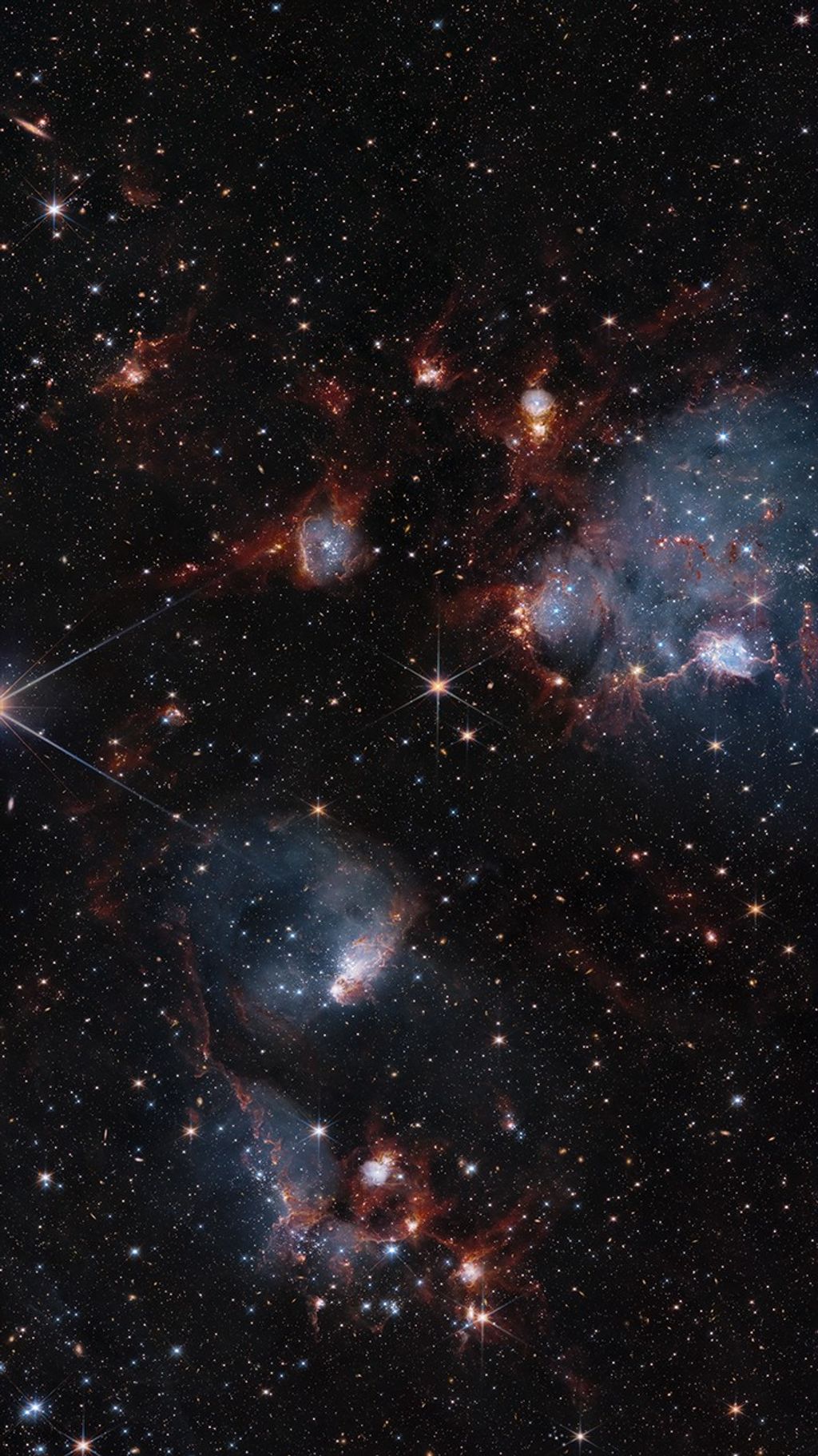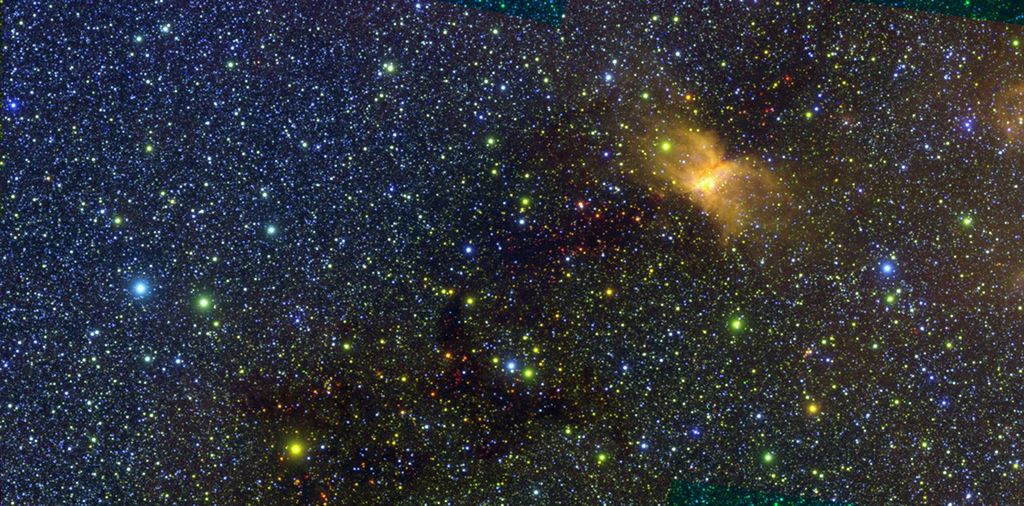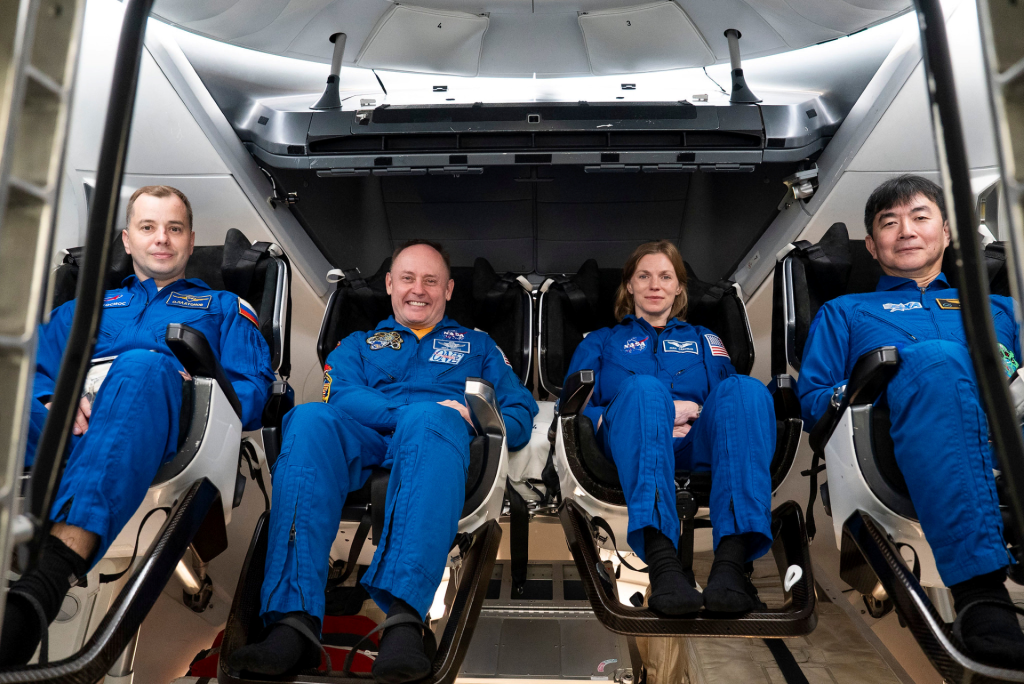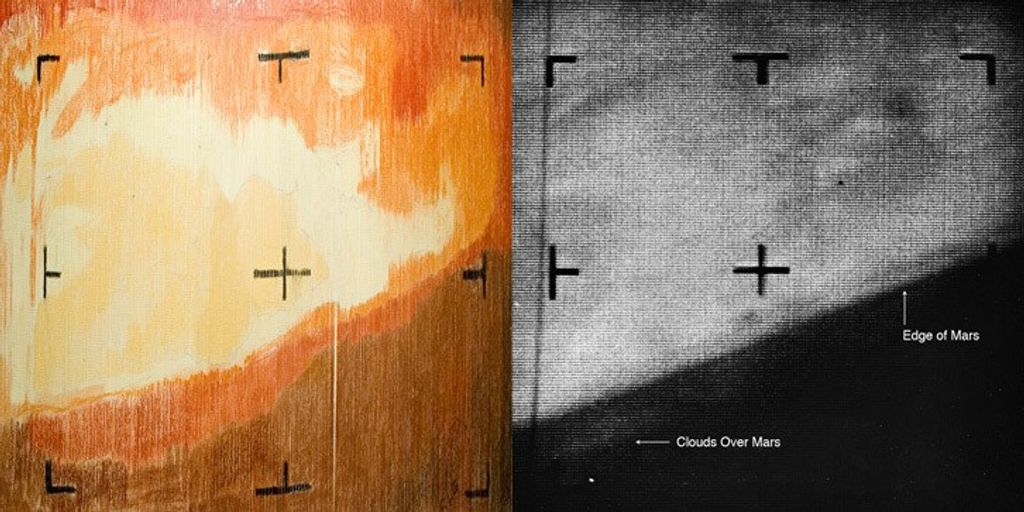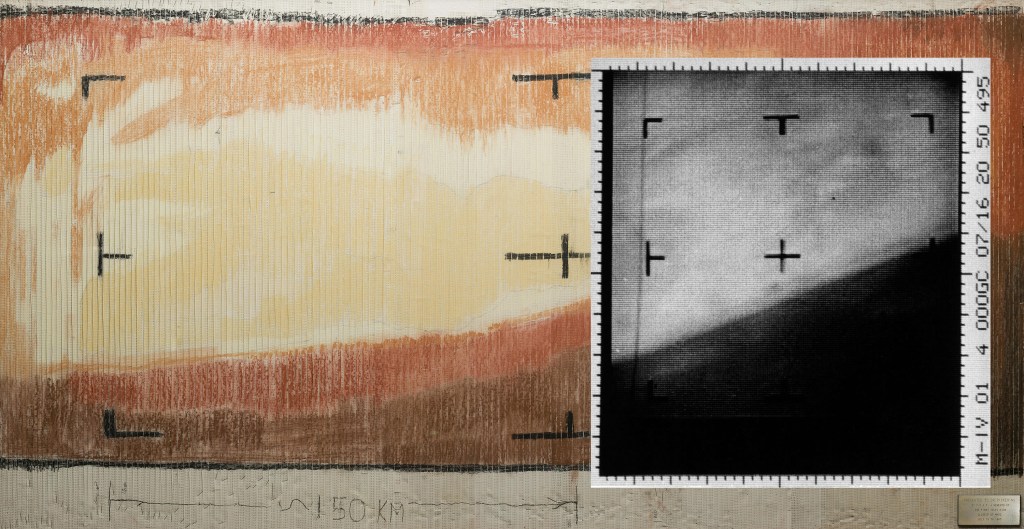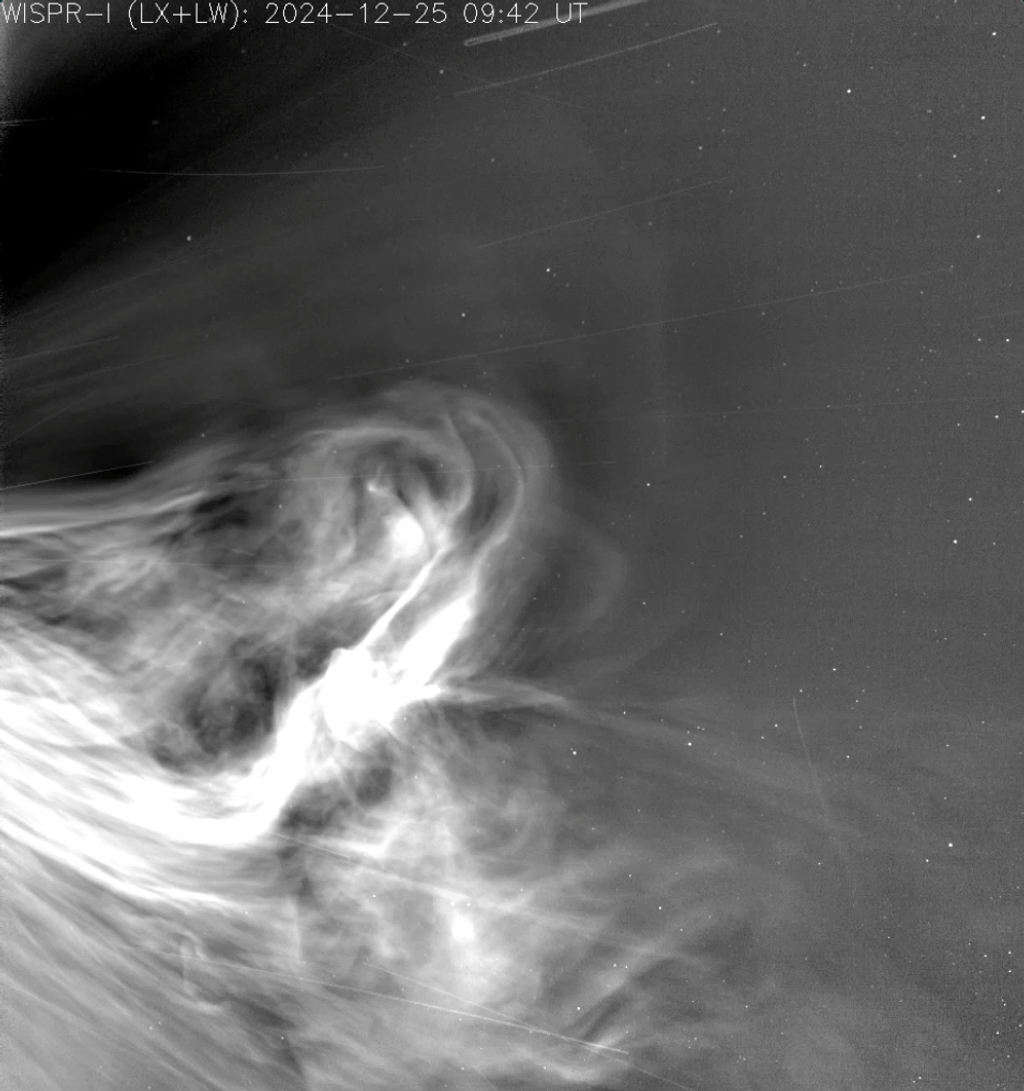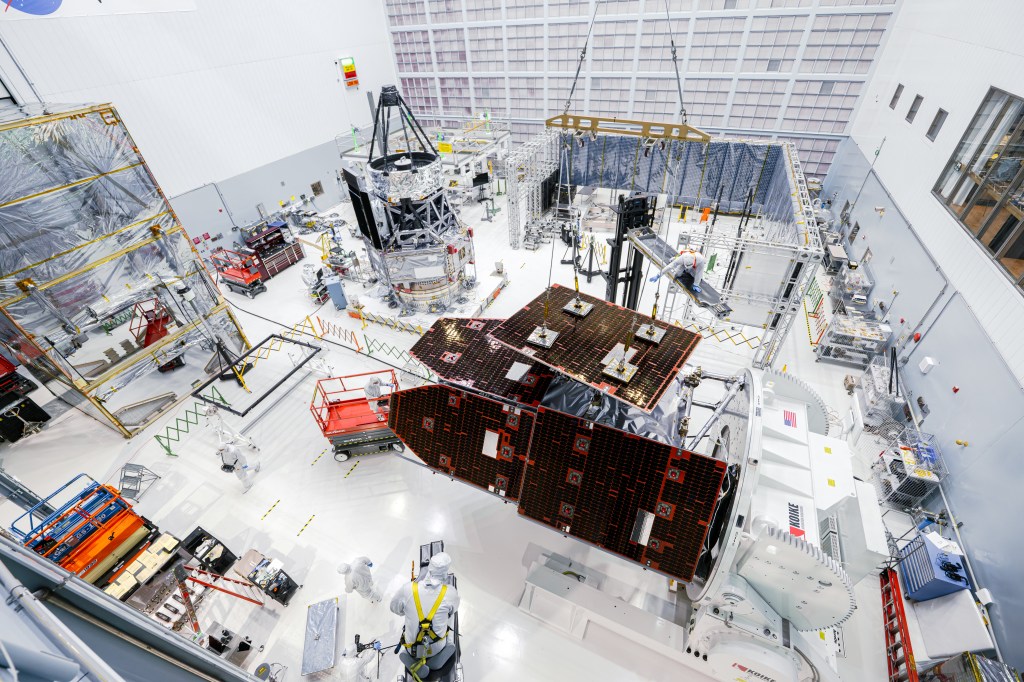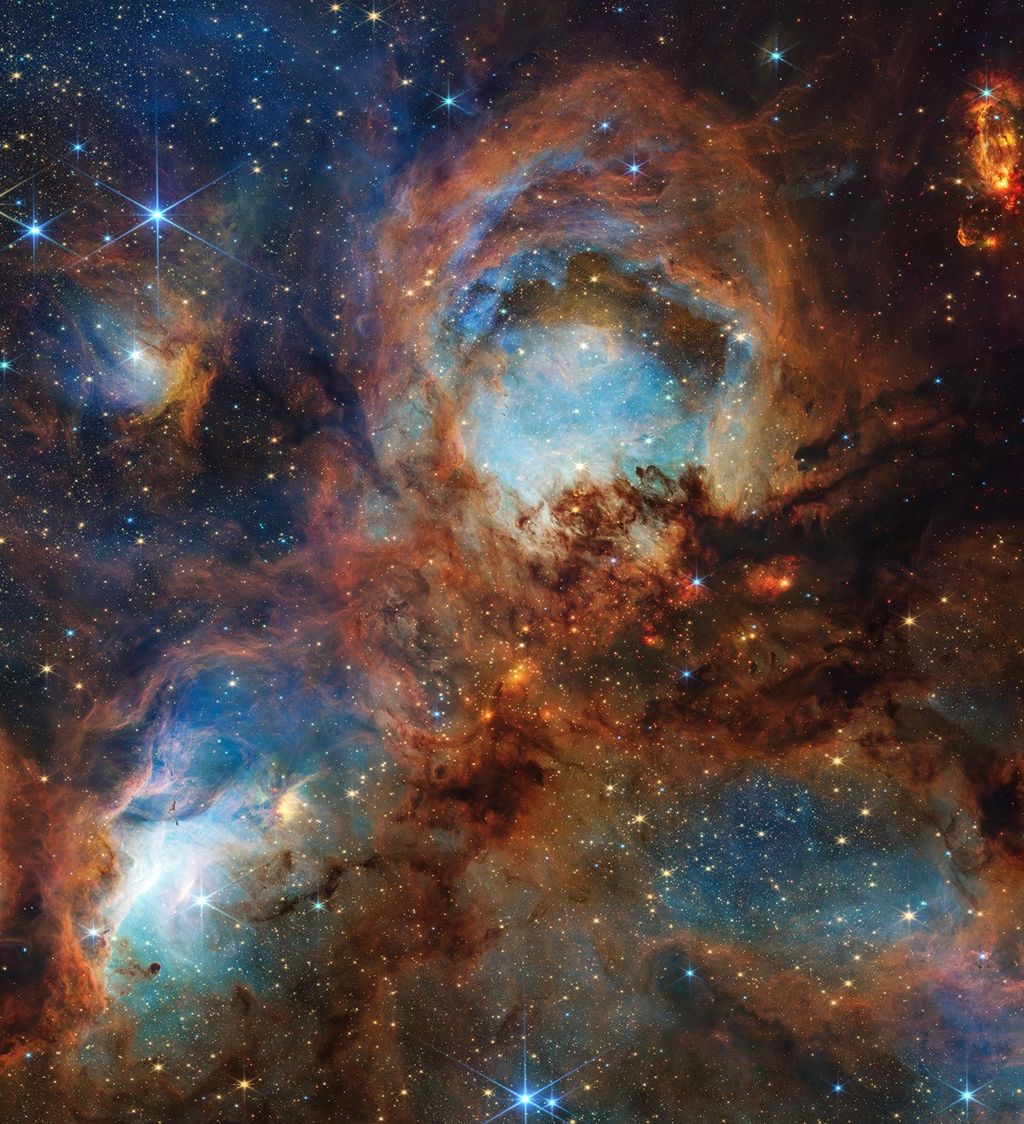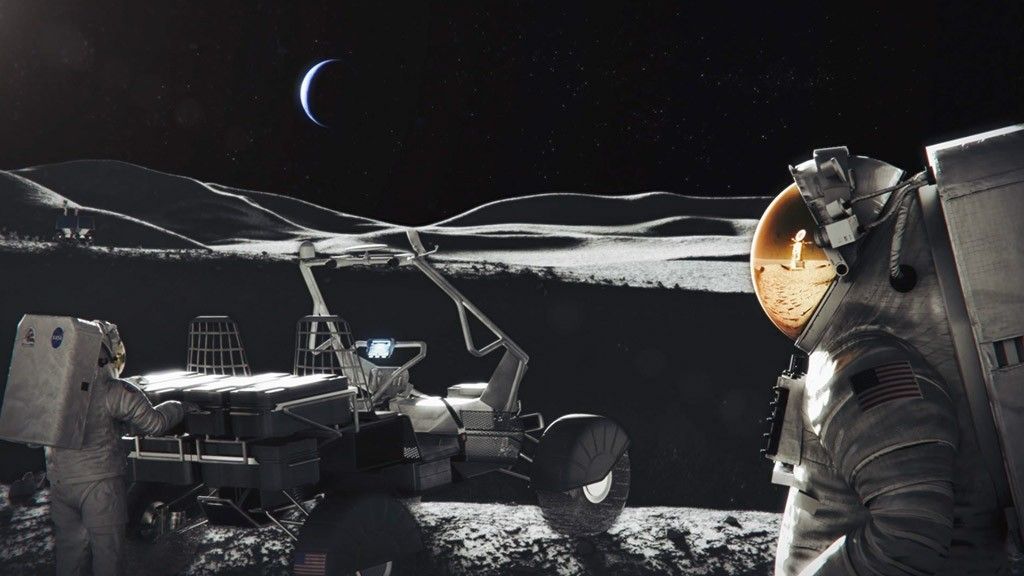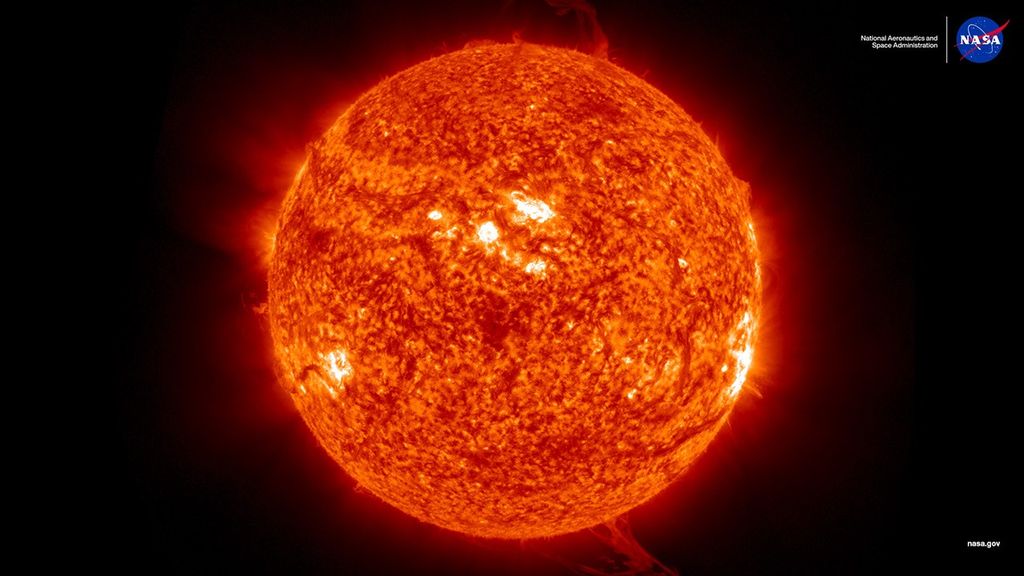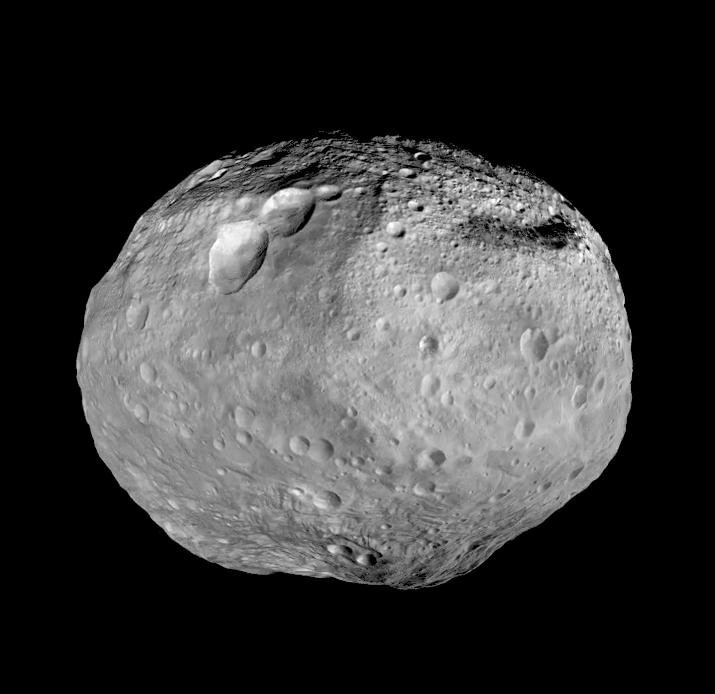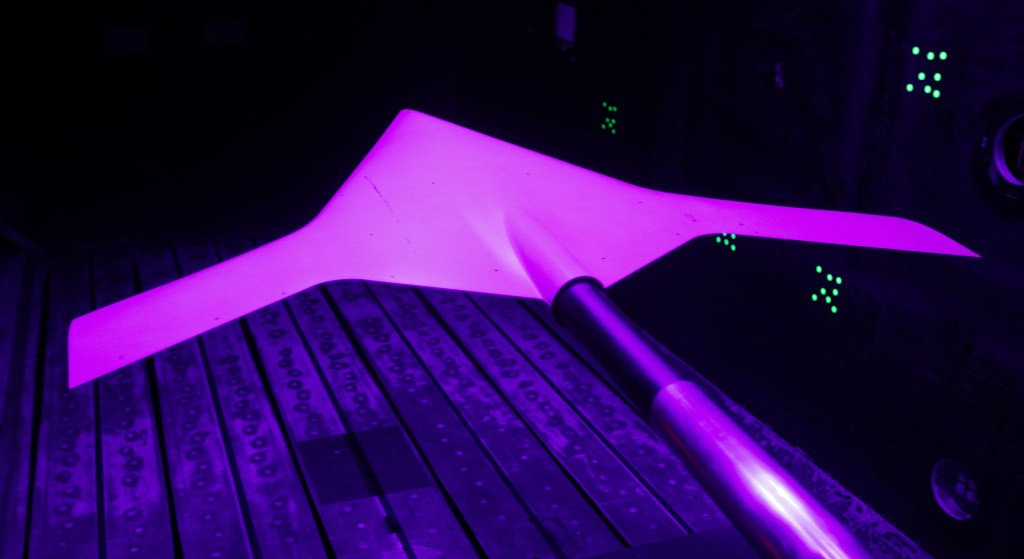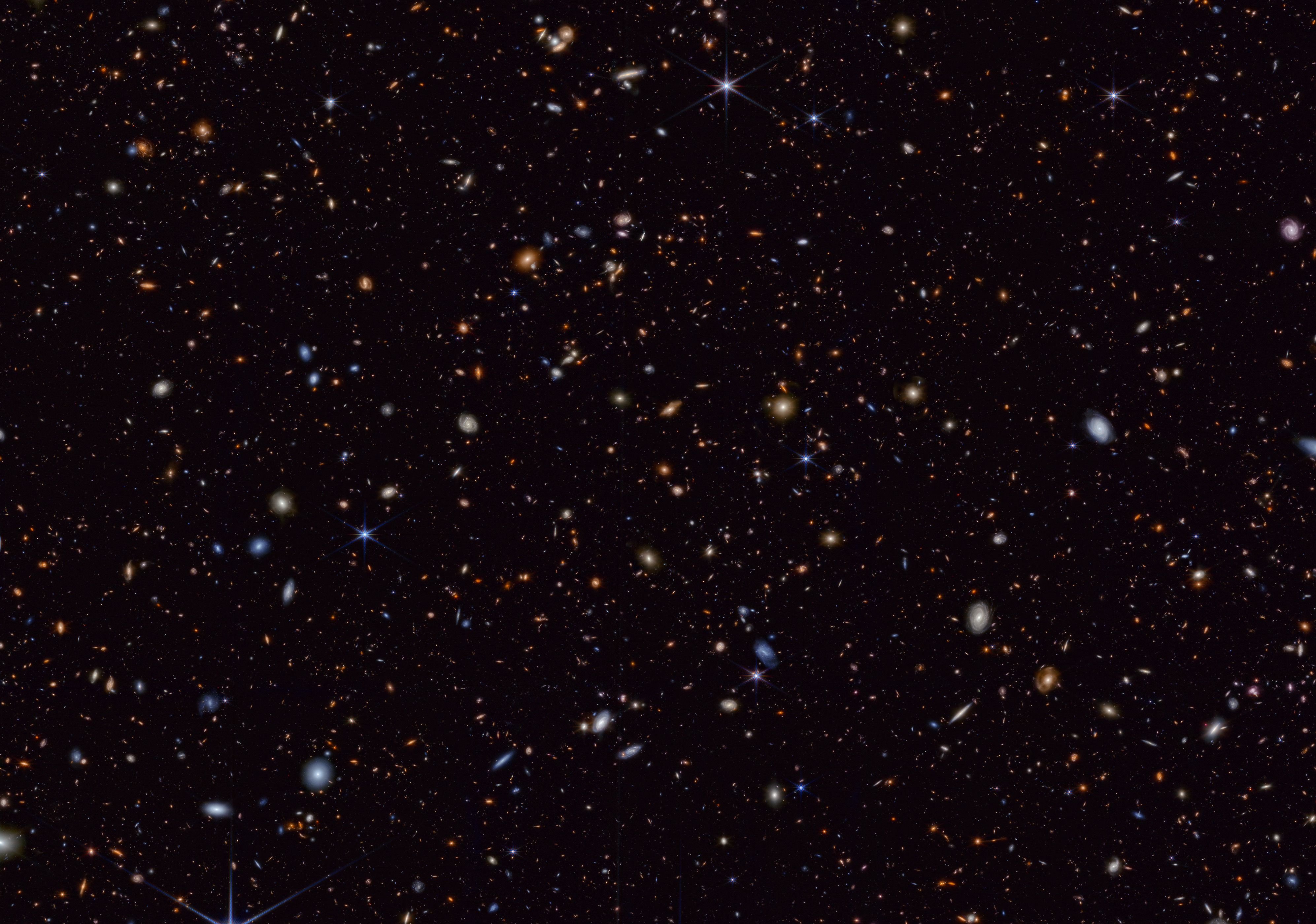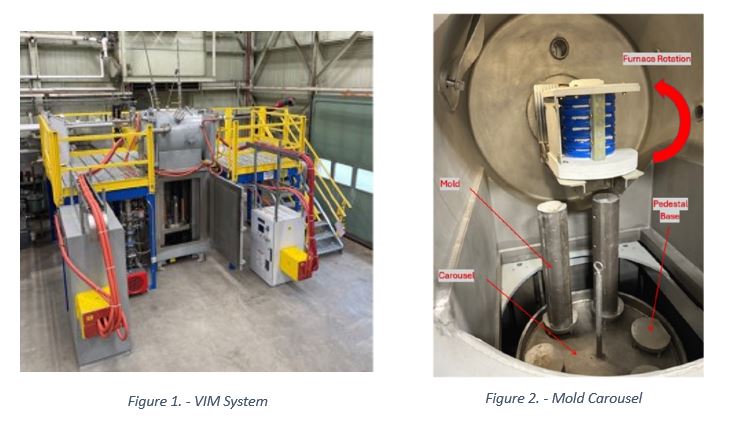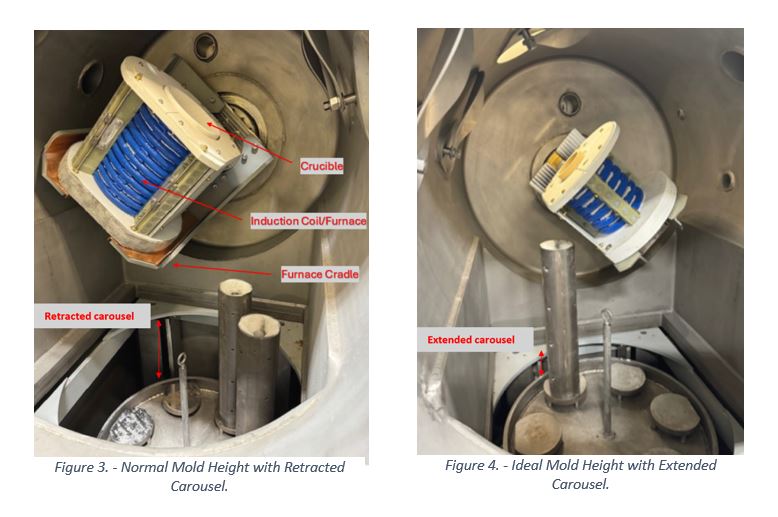Vacuum Induction Melter (VIM) Mold Platform Lift
Nickolaus M. Bruno (LMA0)
Project Background / Description
NASA Glenn Research Center (GRC) recently installed a new dual-furnace vacuum induction melting system (Fig.1) and the mold carousel subsystem (Fig. 2) must be re-designed to enable higher pour yields and improve use conditions during the pouring operation of molten metal. This project will develop a detailed engineering model of the VIM Mold Platform Lift subsystem.
Challenge Objectives
Design six individually removable, vertical axis height adjustment platforms that will integrate with and operate within NASA GRC’s dual-furnace VIM.
- Complete literature review and down selection of materials useful for pouring molten metal.
- Complete the vertical axis height adjustment platform lift design that integrates with the current mold carousel.
- Complete electro-mechanical integration of the designed subsystem.
- Complete prototype testing of the height adjustment platform lift.
Mission Performance/Requirements.
- The six, individually removable platforms shall sit between a carousel pedestal base and mold to enable mold height adjustment during tilt-pouring operations.
- The platforms shall connect to power and control through a hermetic seal in the chamber wall rated to a vacuum level of 1e-7 Torr or greater. Wired connections shall not interfere with the mechanical rotation (360 degrees maximum) or raising/lowering of the carousel travel (60” maximum). All wiring and connections shall be shielded for high frequency electrical interference (1kHz-10kHz) as well as high temperature (1500°C) molten metal splashing.
- A user control interface shall include functions for move to upper position, move to lower position, and up/down jog functions. The interface shall allow the user to manually preset upper and lower positions and save these positions to memory for the move to upper/move to lower position functions as indicated above.
Key Considerations
- The system shall be sufficient to lift the required mass of each filled mold (150kg max) steadily and securely over thousands of cycles.
- The system shall lift the mold to a height of 12” with stepped increments of at least 1/8” or less.
- In the case of a control failure to a platform, the height at time of failure shall lock in place.
- The system shall include a carousel position indexing interlock that shall only allow the pedestal in the designated furnace pour position to be activated for movement.
- The system shall include an angular furnace tilt indexing interlock that shall only allow the pedestal in the designated furnace pour position to be activated for movement when the furnace is tilted between 30-90 degrees from vertical.
- All components located inside the vacuum chamber shall have an outgassing rate suitable for vacuum use to a level of 5e-5 Torr or greater.
System Design
This work will improve the pouring efficiency of molten metal by optimizing the mold height from the normal height as seen in Fig. 3 to an ideal height as seen in Fig. 4.
The ideal mold height is at a position slightly below the vertical centerline of the induction coil. The only way to accomplish this with multiple molds is to have the furnace tilted to approximately 45 degrees from the vertical position and to only adjust the height of the mold in line with the pour stream. Currently, if the entire carousel is moved in an upward vertical direction to the ideal mold height with multiple molds, then the molds under the furnace(s) will cause mechanical interference and/or equipment damage.
By designing six individual, vertical height adjustment platforms for each mold, the system can be utilized as originally intended, increasing pouring efficiency and mitigating risk of equipment damage.
Literature Resources
Currently, there are not any literature resources for this challenge.
Application/Registration Information
Contact Information
Jeresha Nixon
Education Program Specialist
Email: grc-university-design-challenge@mail.nasa.gov
Glenn Research Center – Office of STEM Engagement
Phone: (216) 433-6656
Email: grc-university-design-challenge@mail.nasa.gov
Latest Content
Stay up-to-date with the latest content from NASA as we explore the universe and discover more about our home planet.
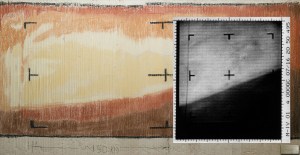
Sixty years ago, NASA’s Mariner 4 captured groundbreaking views of the Red Planet, leading to a steady stream of advances…
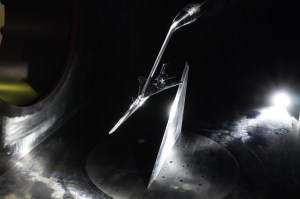
Researchers from NASA and the Japanese Aerospace Exploration Agency (JAXA) recently tested a scale model of the X-59 experimental aircraft…
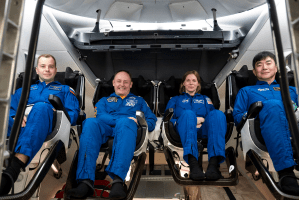
NASA’s SpaceX Crew-11 mission is set to launch a four-person crew to the International Space Station later this summer. Some…

